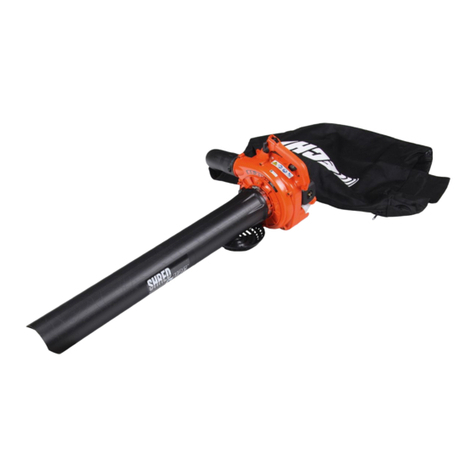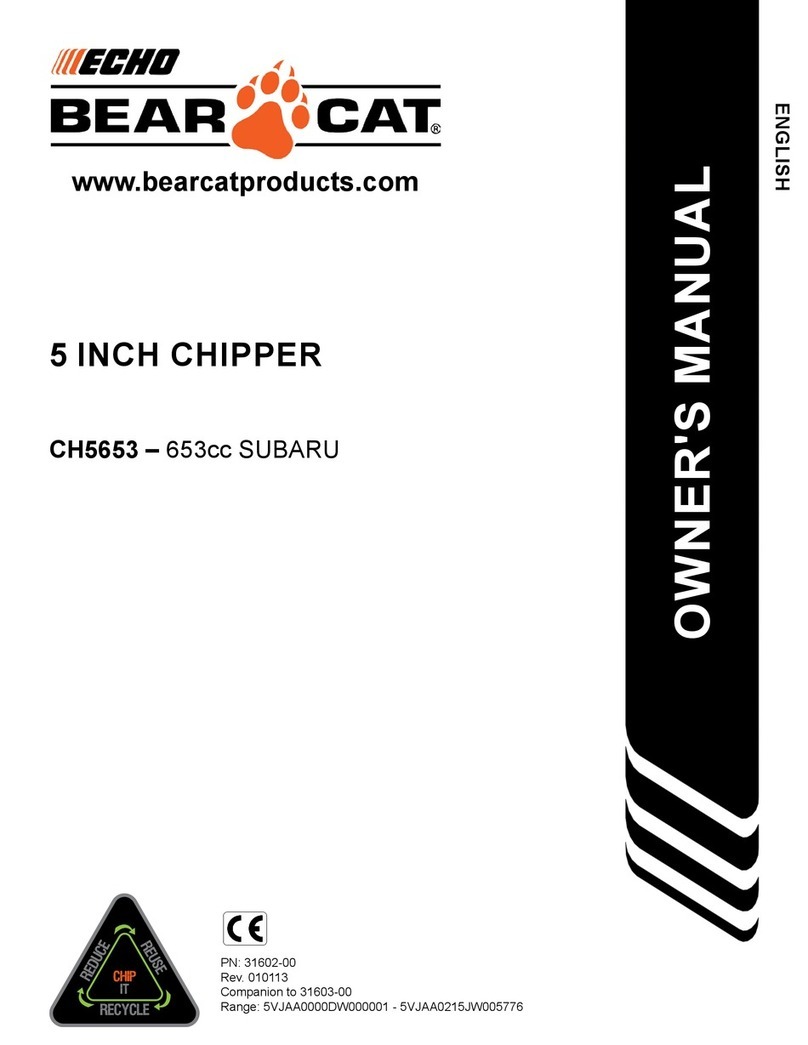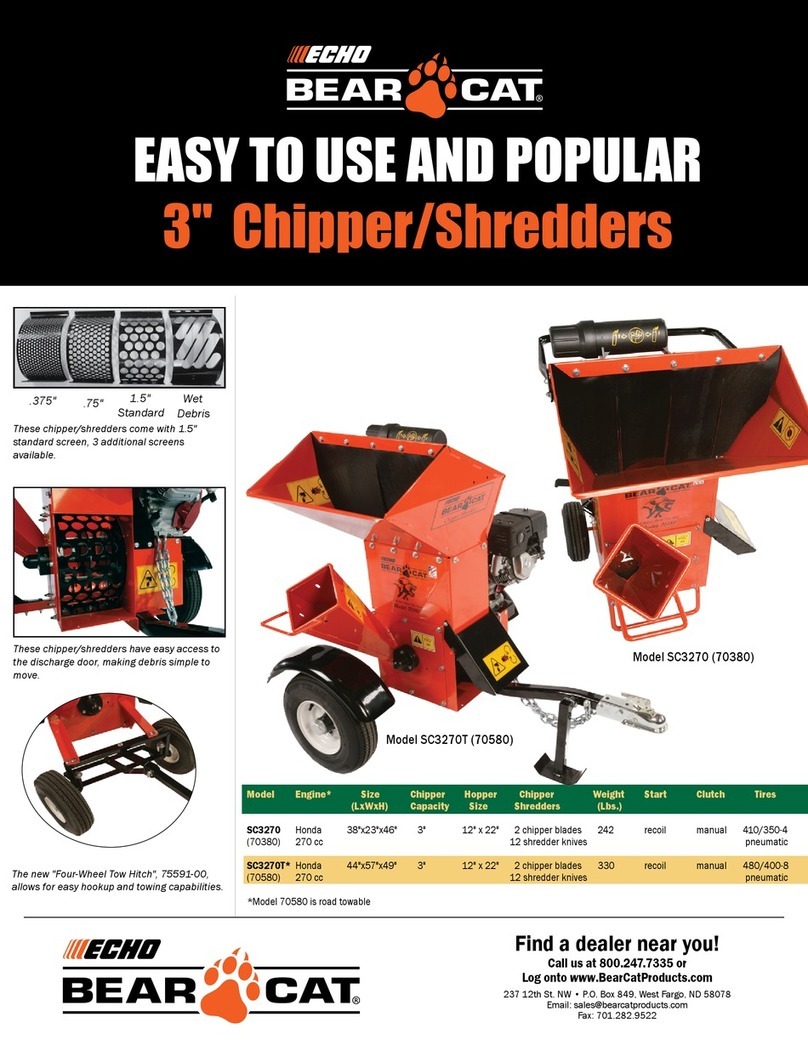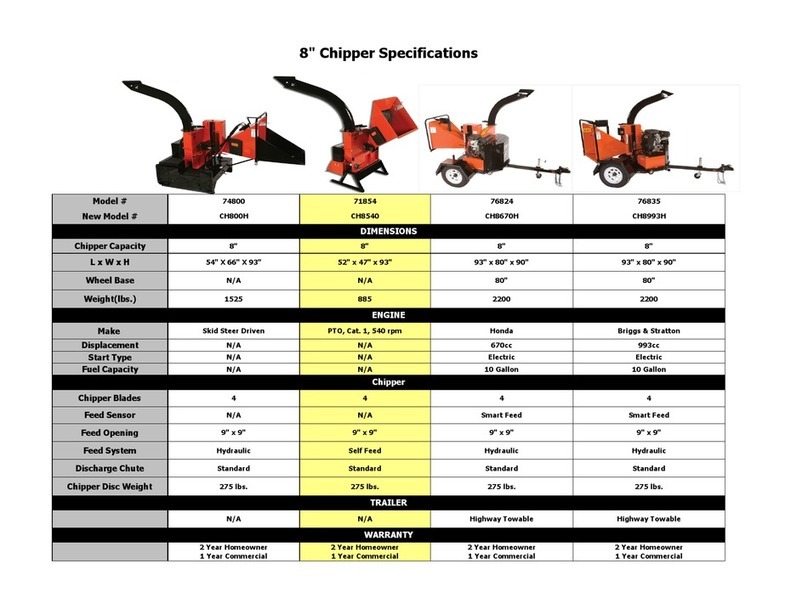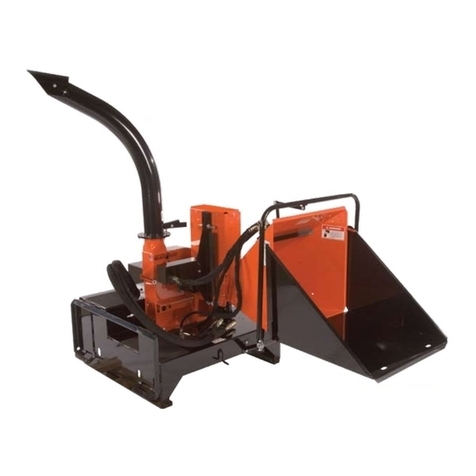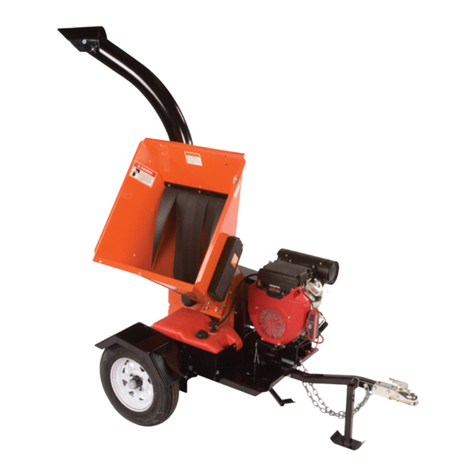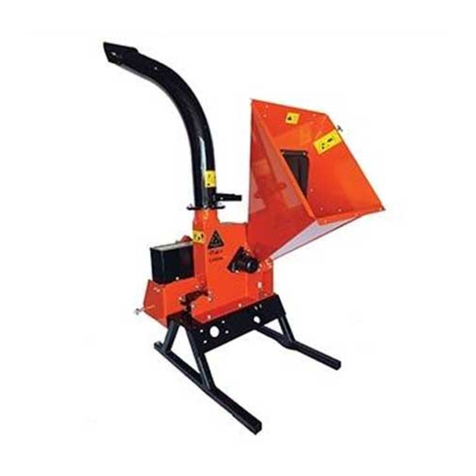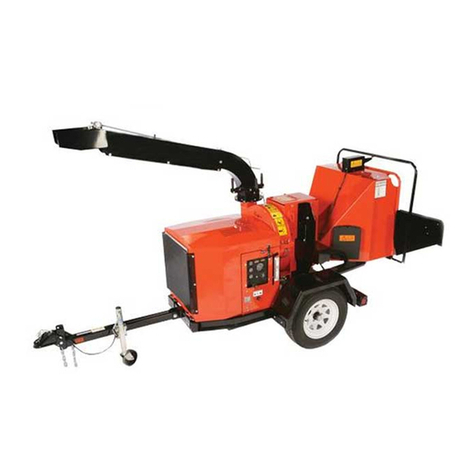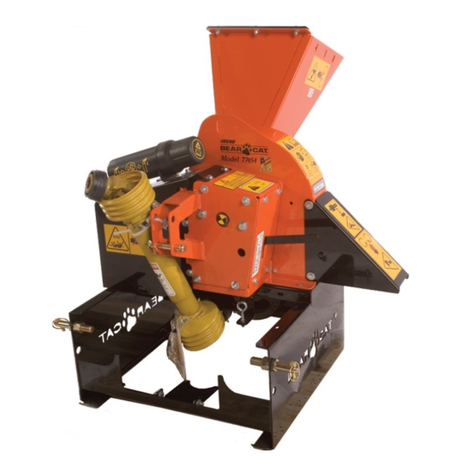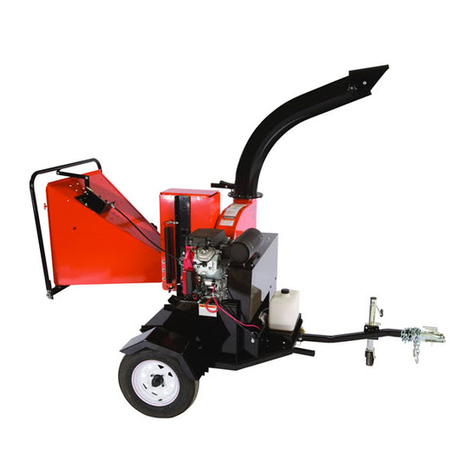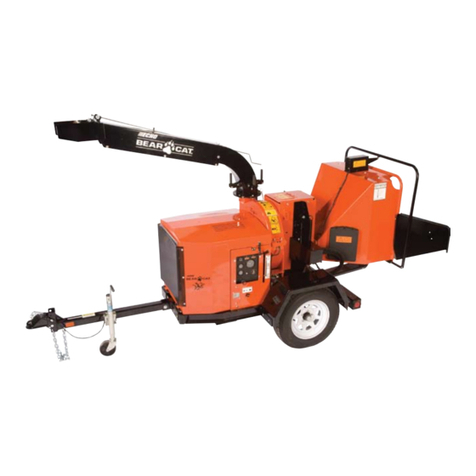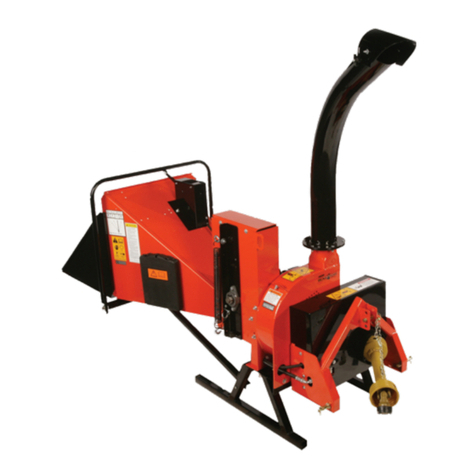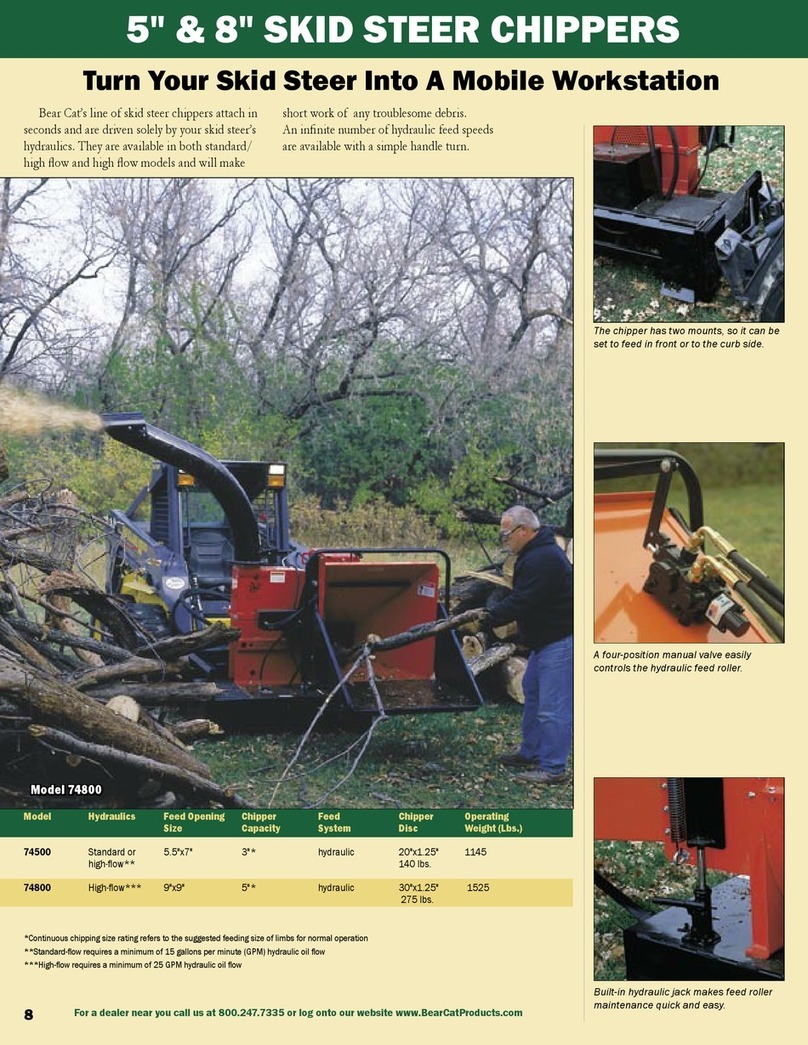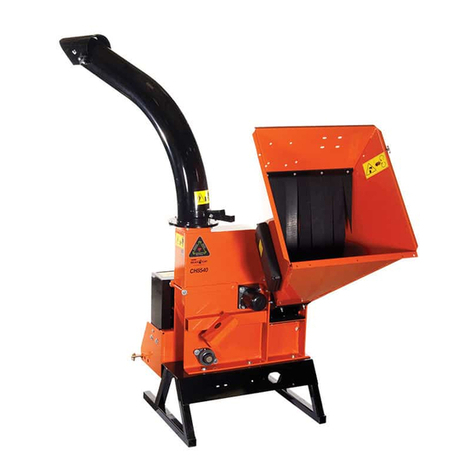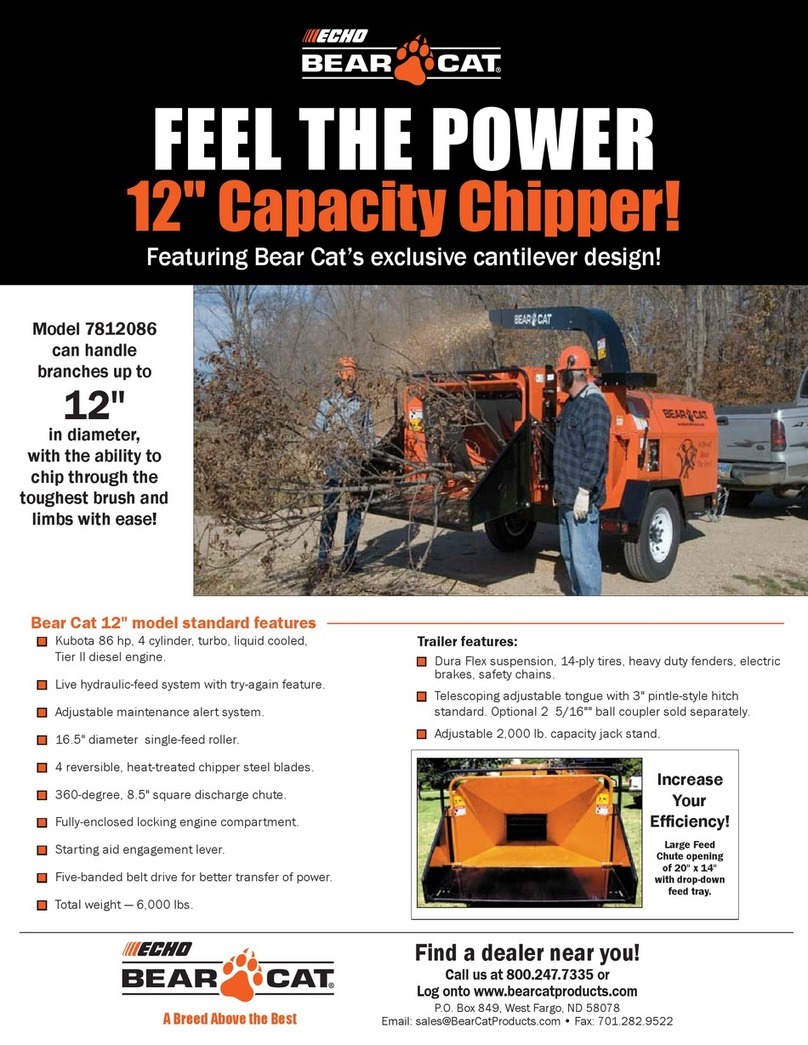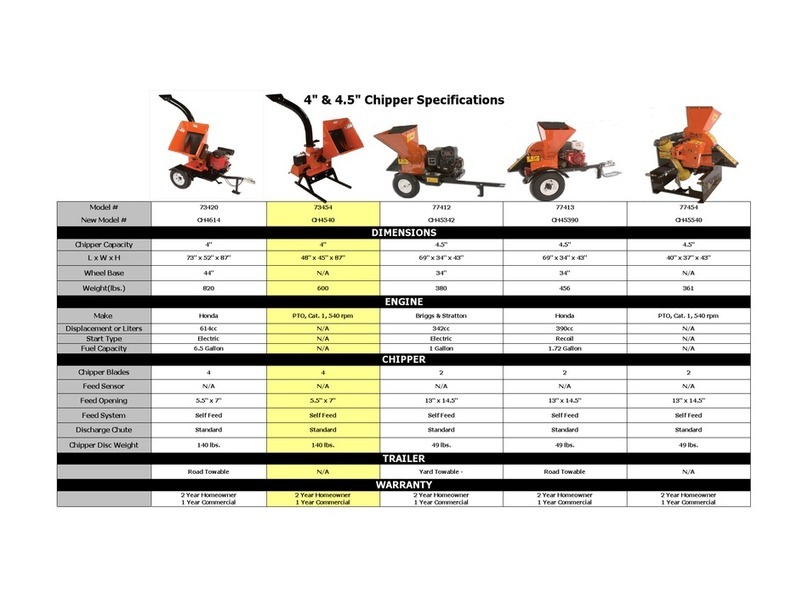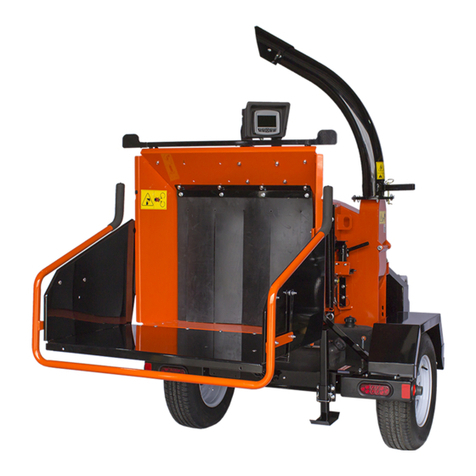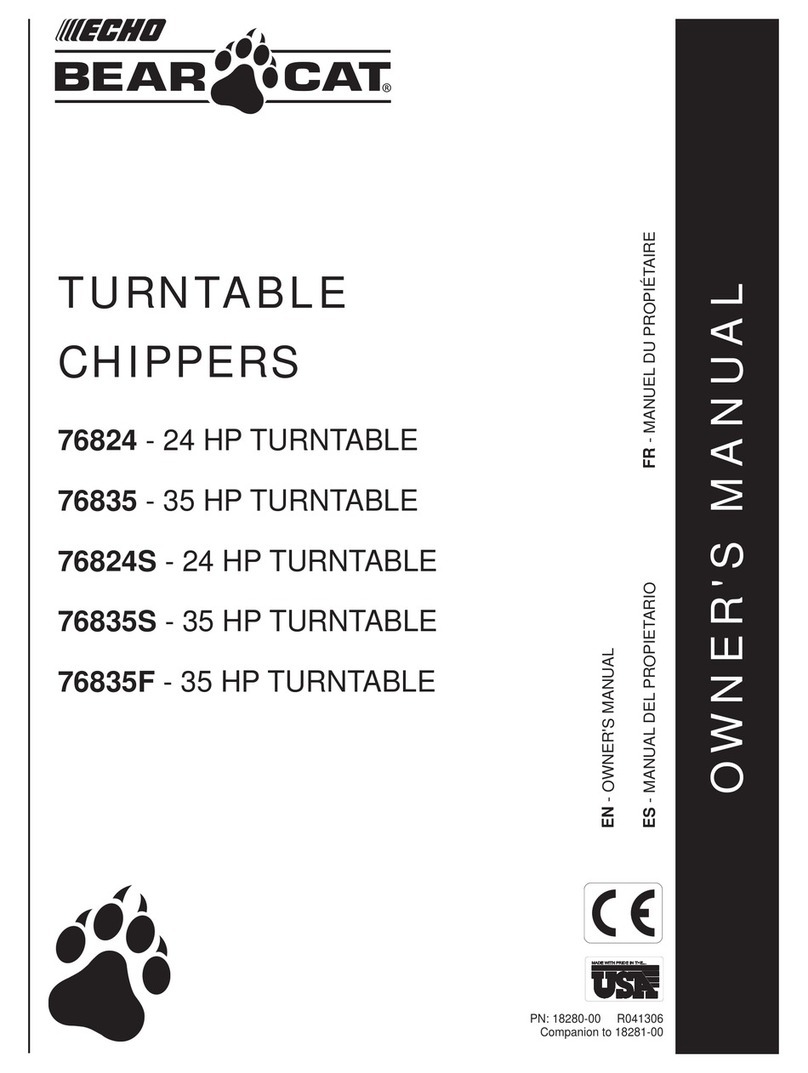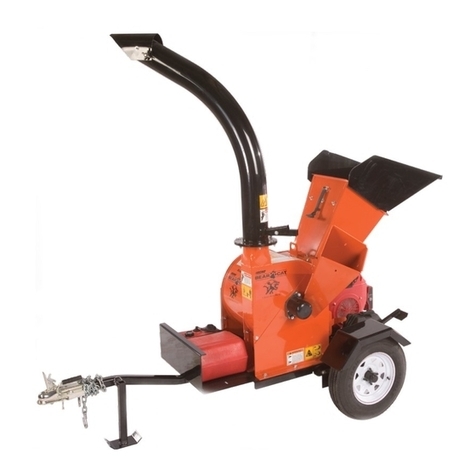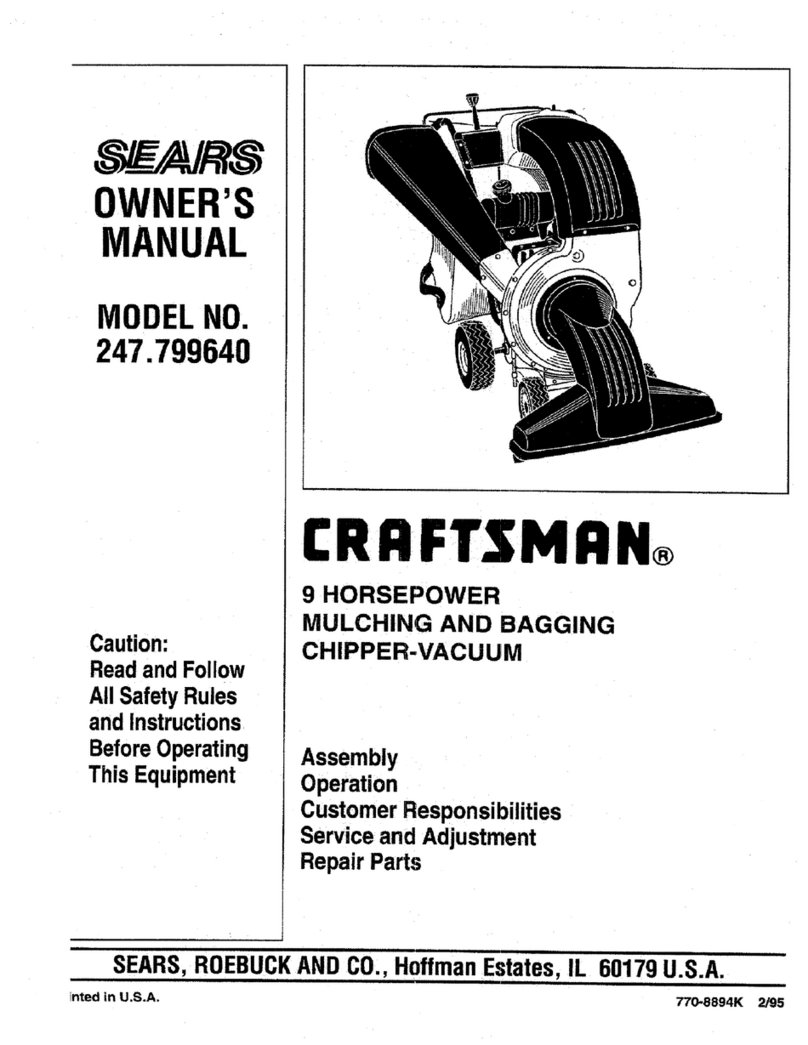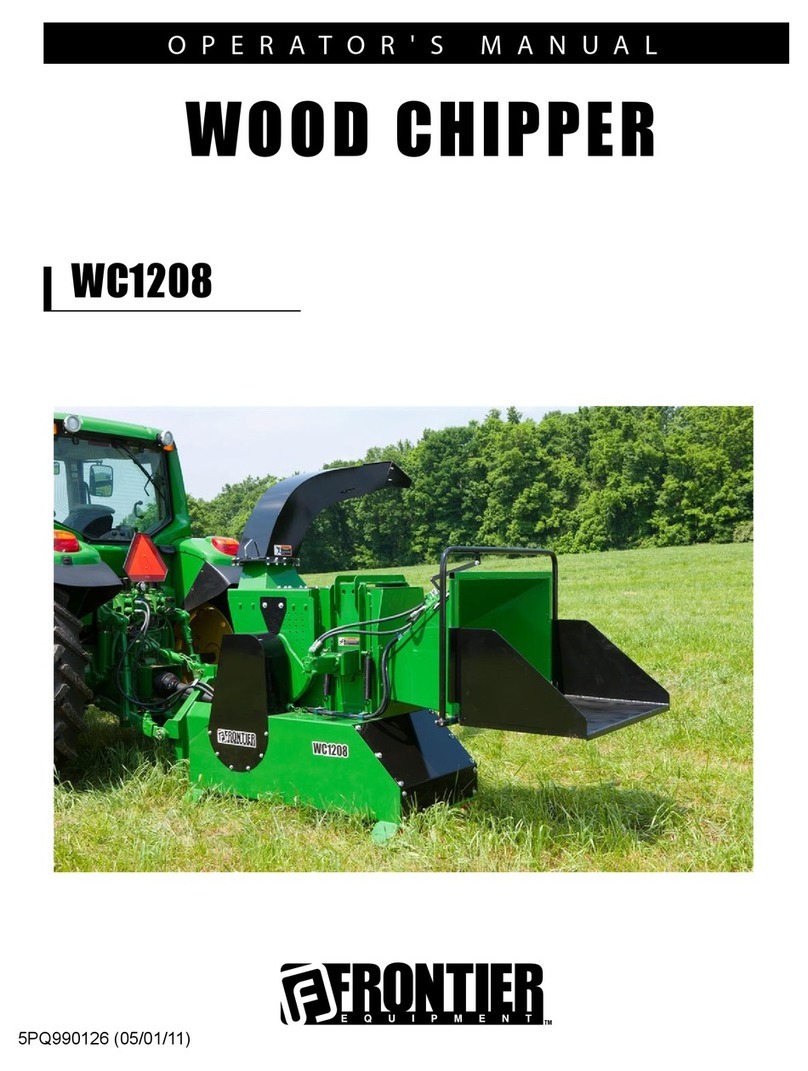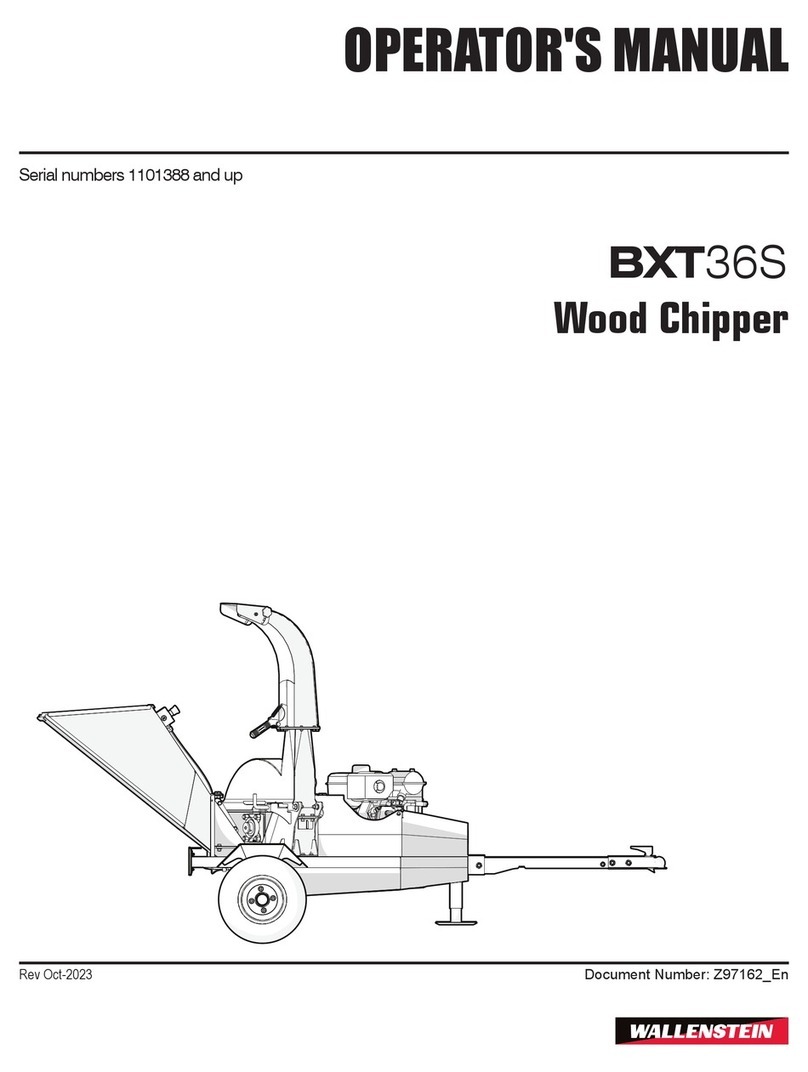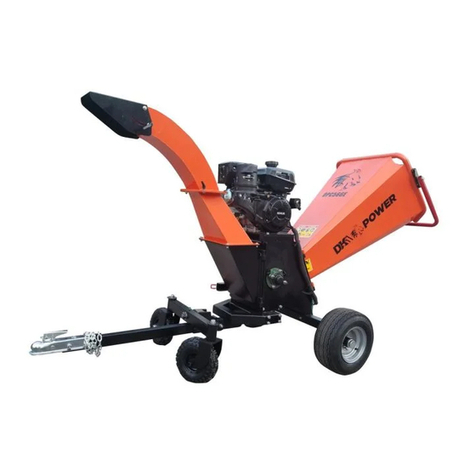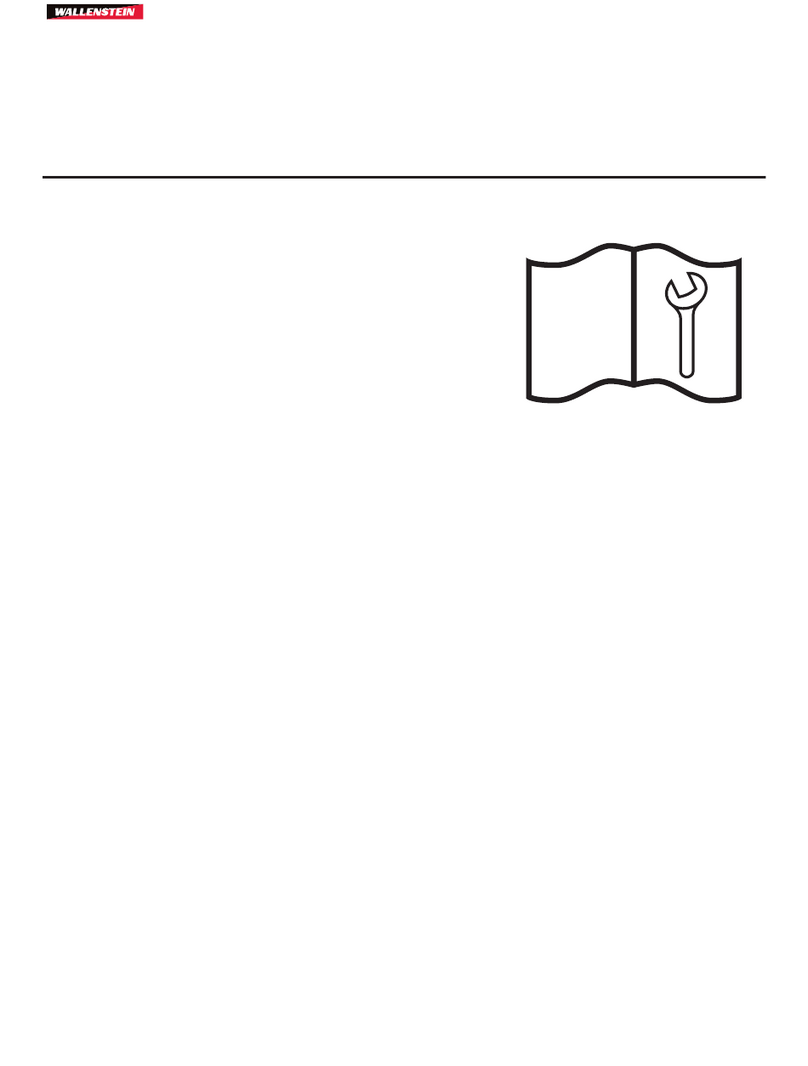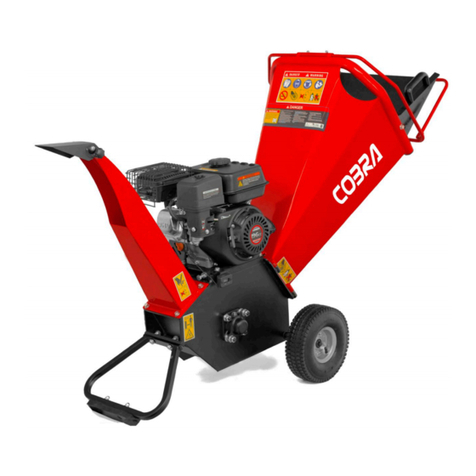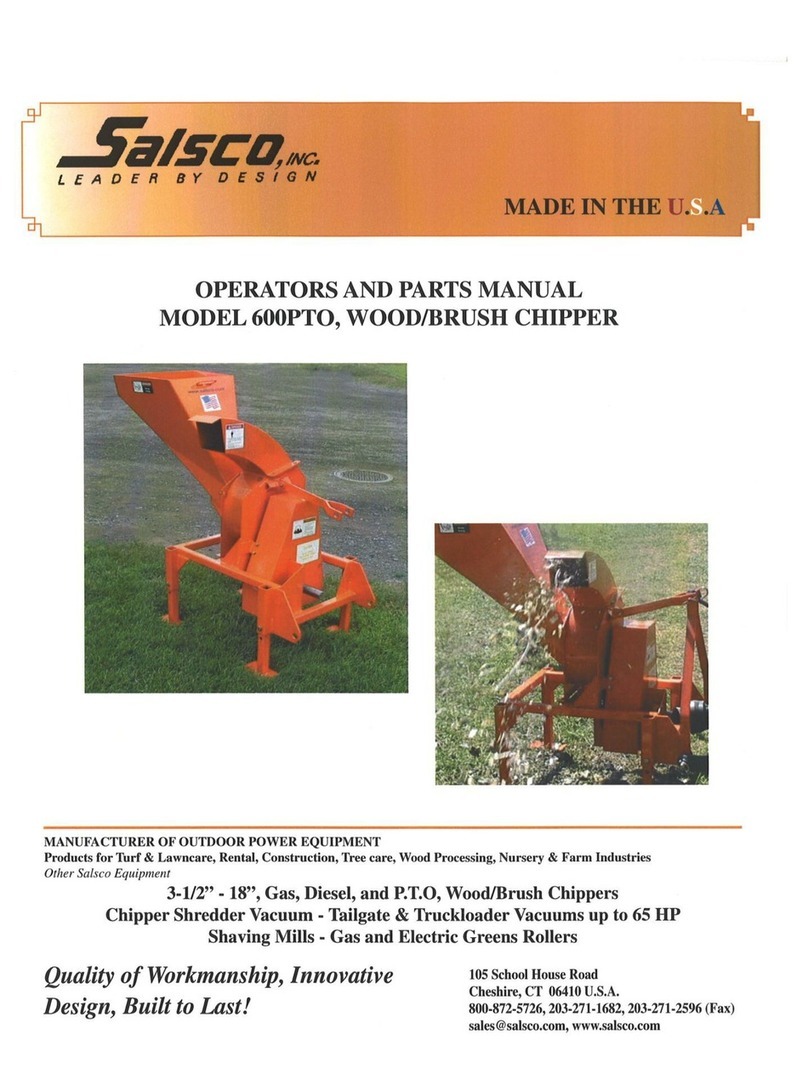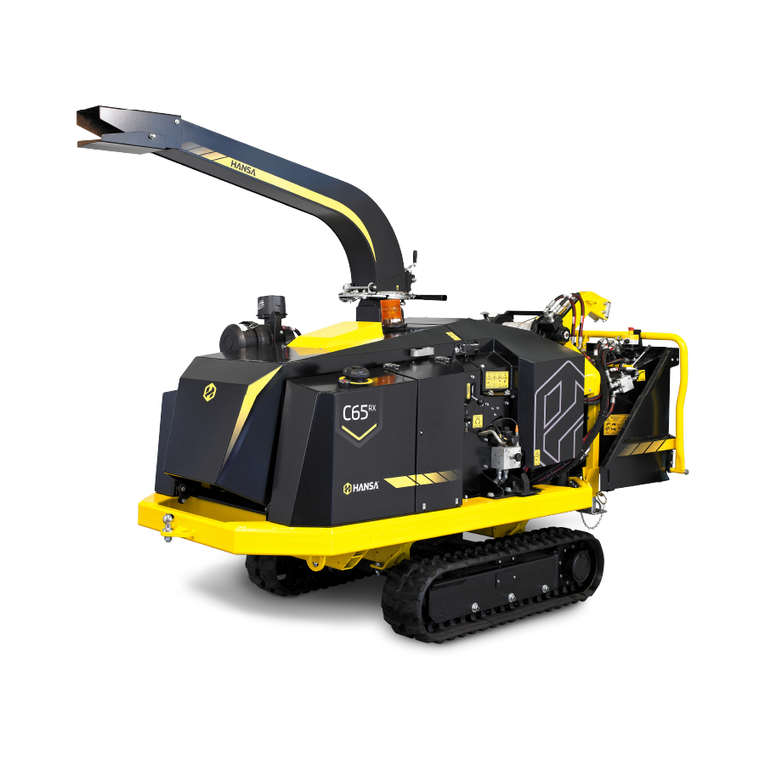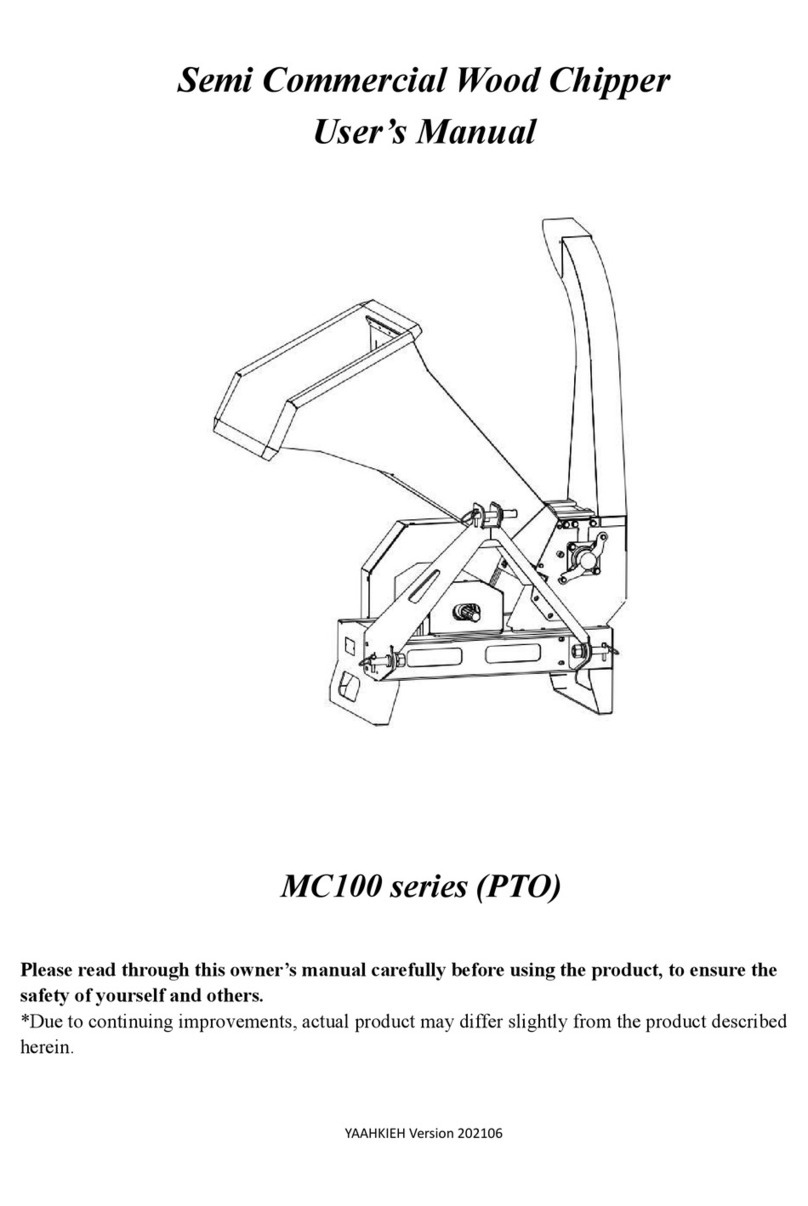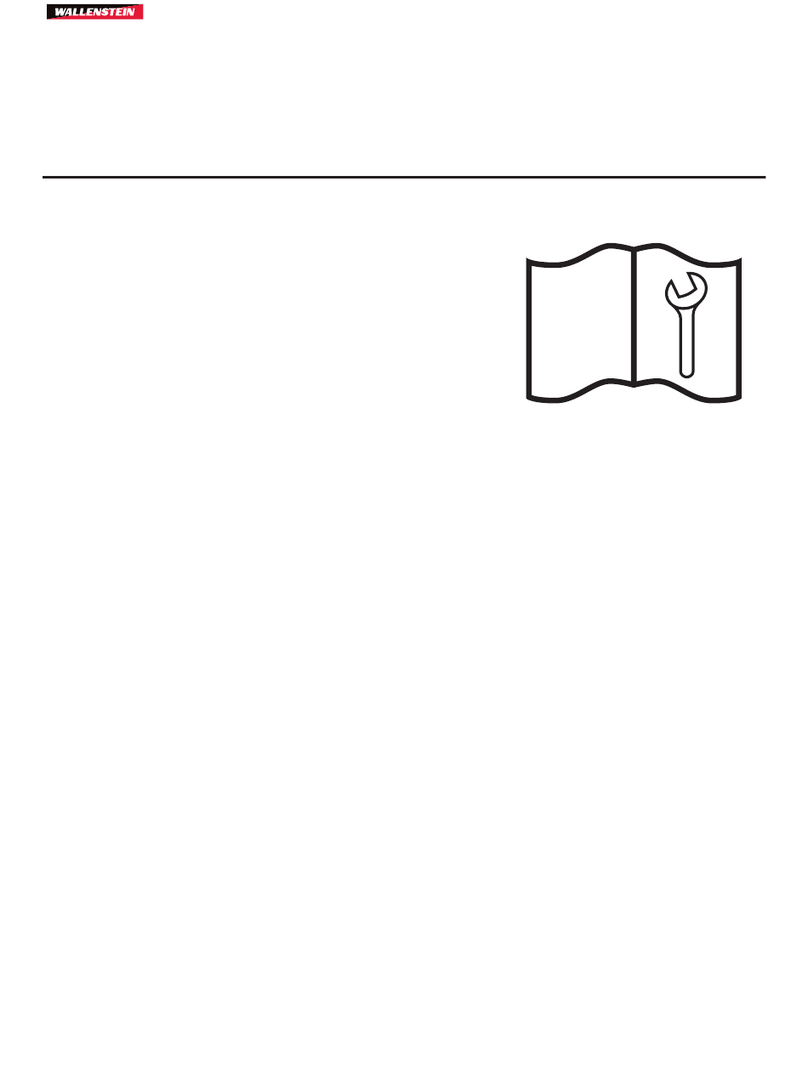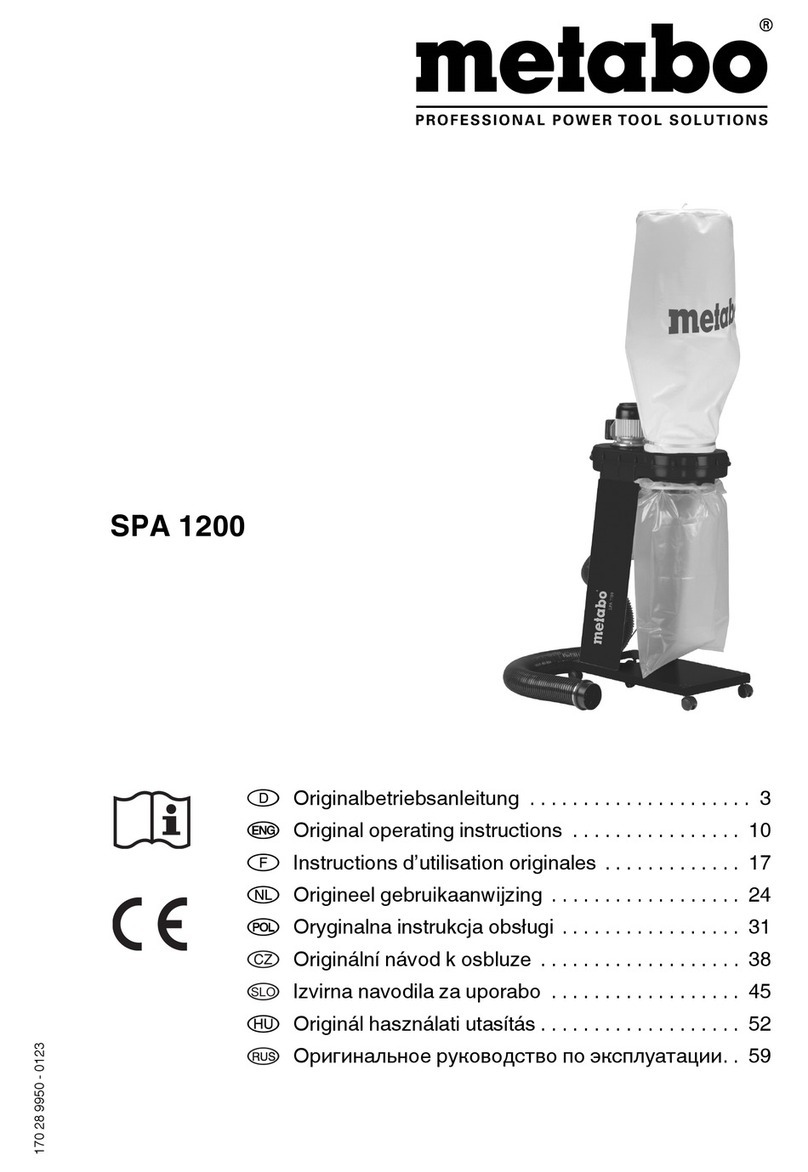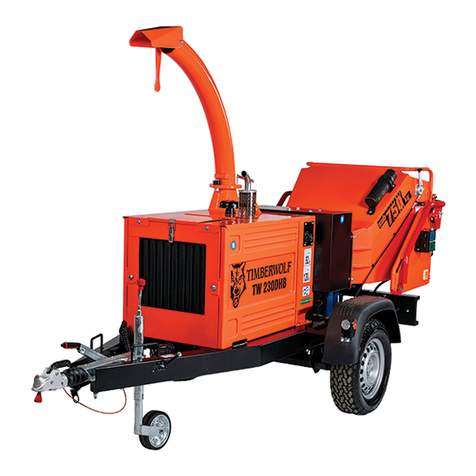
EPA EMISSION CONTROL WARRANTY STATEMENT
YOUR WARRANTY RIGHTS AND OBLIGATIONS
The California Air Resources Board and Crary Industries Inc. are pleased
to explain the evaporative emission control system (EECS) warranty on
your current model year equipment. New equipment must be designed,
built and equipped to meet the EPA's stringent anti-smog standards.
Crary Industries Inc. must warrant the EECS on your equipment for the
period of time listed below provided there has been no abuse, neglect or
improper maintenance of your equipment.
Your EECS may include parts such as the fuel tank, fuel lines, fuel caps,
vapor hoses, and clamps.
Where a warrantable condition exists, Crary Industries Inc. will repair
your equipment at no cost to you including diagnosis, parts and labor.
MANUFACTURER'S WARRANTY COVERAGE:
This evaporative emission control system is warranted for two years. If
any evaporative emission-related part on your equipment is defective,
the part will be repaired or replaced by Crary Industries Inc.
OWNER'S WARRANTY RESPONSIBILITIES:
As the equipment owner, you are responsible for performance of the
required maintenance listed in your owner's manual. Crary Industries Inc.
recommends that you retain all receipts covering maintenance on your
equipment, but Crary Industries Inc. cannot deny warranty solely for the
lack of receipts.
As the equipment owner, you should however be aware that Crary
Industries Inc. may deny you warranty coverage if your equipment or
a part has failed due to abuse, neglect, or improper maintenance or
unapproved modications.
You are responsible for presenting your equipment to Crary Industries
Inc.'s distribution center or service center as soon as the problem exists.
The warranty repairs should be completed in a reasonable amount
of time, not to exceed 30 days. If you have a question regarding your
GENERAL EMISSIONS WARRANTY COVERAGE:
Crary Industries Inc. warrants to the ultimate purchaser and each
subsequent purchaser that the equipment is:
Designed, built and equipped so as to conform with all applicable
regulations; and
Free from defects in materials and workmanship that cause the failure
of a warranted part to be identical in all material respects to that part as
described in Crary Industries Inc.'s application for certication.
The warranty period begins on the date the equipment is delivered to
an ultimate purchaser or rst placed into service. The warranty period is
two years.
Subject to certain conditions and exclusions as stated below, the warranty
on emission-related parts is as follows:
1) Any warranted part that is not scheduled for replacement as required
maintenance in the written instructions supplied, is warranted for
the warranty period stated above. If the part fails during the period
of warranty coverage, the part will be repaired or replaced by
Crary Industries Inc. according to subsection 4) below. Any such
part repaired or replaced under warranty will be warranted for the
remainder of the period.
2) Any warranted part that is scheduled only for regular inspection in
the written instructions supplied is warranted for the warranty period
stated above. Any such part repaired or replaced under warranty
will be warranted for the remaining warranty period.
3) Any warranted part that is scheduled for replacement as required
maintenance in the written instructions supplied is warranted for
the period of time before the rst scheduled replacement date for
that part. If the part fails before the rst scheduled replacement, the
part will be repaired or replaced by Crary Industries Inc. according
to subsection 4) below. Any such part repaired or replaced under
warranty will be warranted for the remainder of the period prior to
the rst scheduled replacement point for the part.
4) Repair or replacement of any warranted part under the warranty
provisions herein must be performed at a warranty station at no
charge to the owner.
5) Notwithstanding the provisions herein, warranty services or repairs
will be provided at all of our distribution centers that are franchised
to service the subject engines or equipment.
6) The equipment owner will not be charged for diagnostic labor that
is directly associated with diagnosis of a defective, emission-related
warranted part, provided that such diagnostic work is performed at
a warranty station.
7) Crary Industries Inc. is liable for damages to other engine or
equipment components proximately caused by a failure under
warranty of any warranted part.
8) Throughout the equipment warranty period stated above, Crary
Industries Inc. will maintain a supply of warranted parts sucient to
meet the expected demand for such parts.
9) Any replacement part may be used in the performance of any
warranty maintenance or repairs and must be provided without
charge to the owner. Such use will not reduce the warranty
obligations of Crary Industries Inc.
10) Add-on or modied parts that are not exempted by the EPA may not
be used. The use of any non-exempted add-on or modied parts
by the ultimate purchaser will be grounds for disallowing a warranty
claim. Crary Industries Inc. will not be liable to warrant failures of
warranted parts caused by the use of a non-exempted add-on or
modied part.
WARRANTED PARTS:
The repair or replacement of any warranted part otherwise eligible for
warranty coverage may be excluded from such warranty coverage
if Crary Industries Inc. demonstrates that the equipment has been
abused, neglected, or improperly maintained, and that such abuse,
neglect, or improper maintenance was the direct cause of the need for
repair or replacement of the part. That notwithstanding, any adjustment
of a component that has a factory installed, and properly operating,
adjustment limiting device is still eligible for warranty coverage. The
following emission warranty parts are covered:
1) Fuel Tank
2) Fuel Cap
3) Fuel Line
4) Clamps
5) Vapor Hose
